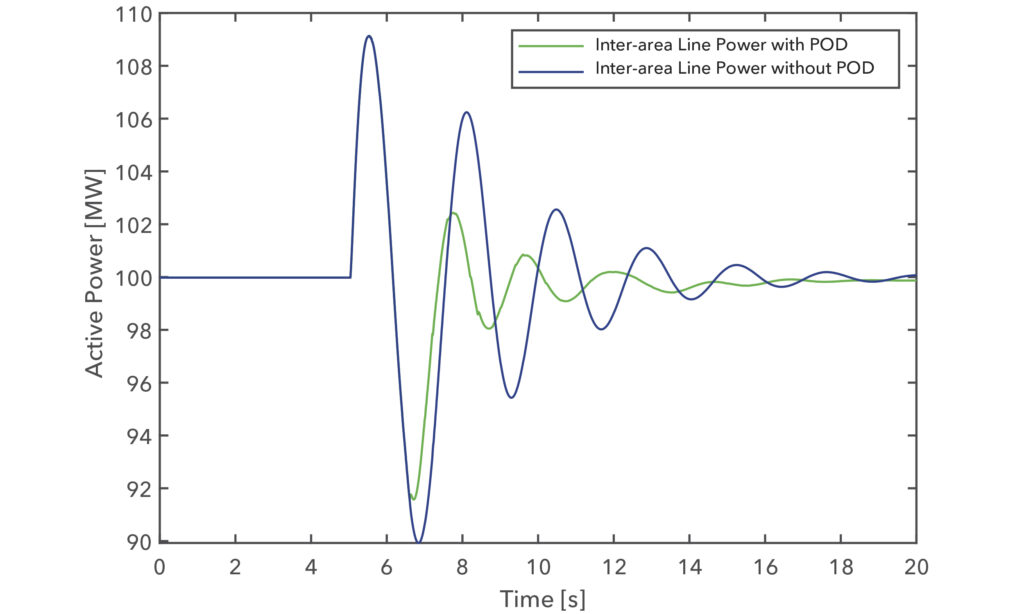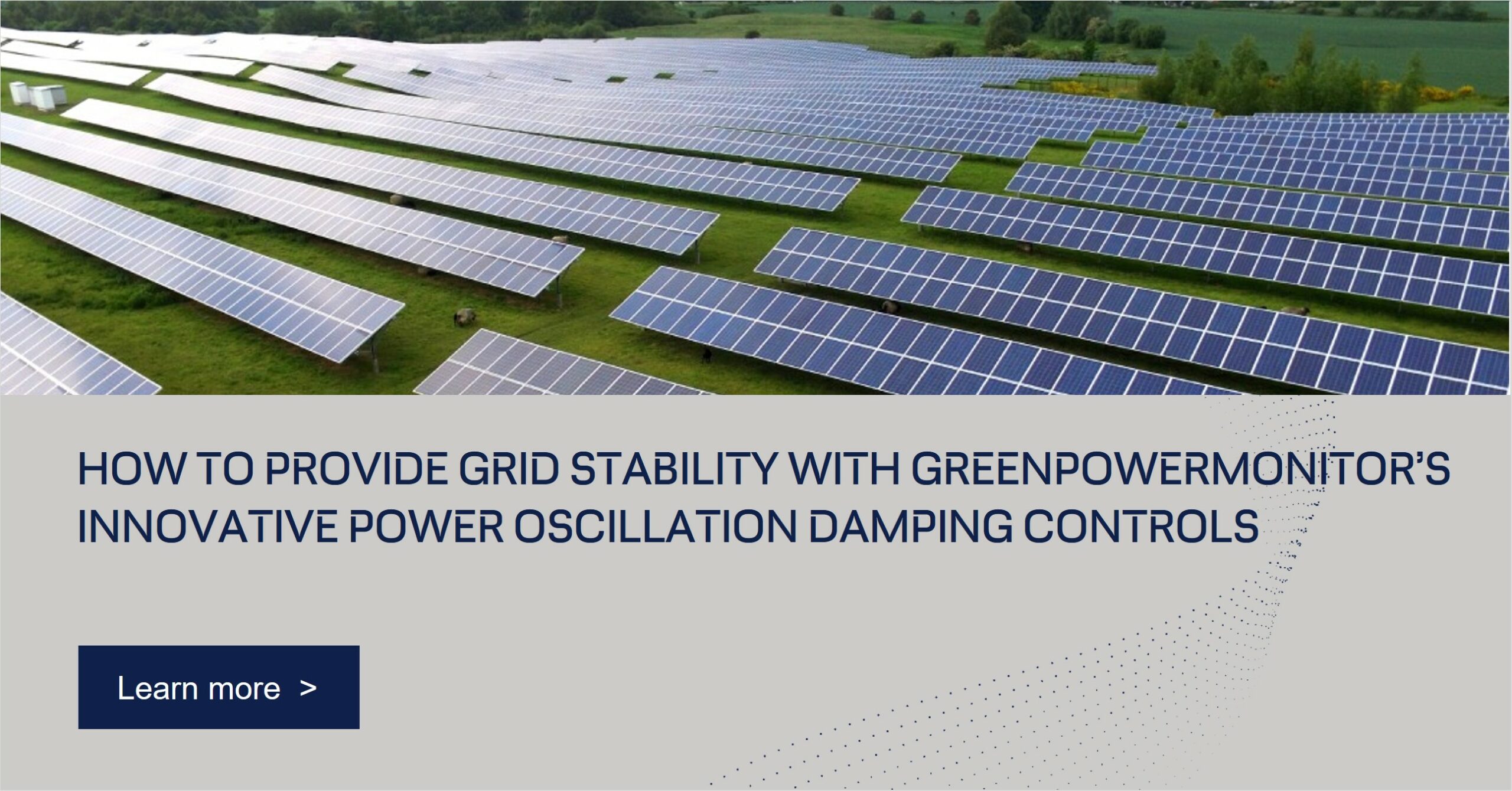Power generation has rapidly changed in recent years. Electrification is on course to double in size within a generation and renewables are already the most competitive source of new power, according to a new report by DNV (Figure 1).1 The green energy transformation has flooded the grid with inverter-dominated generation plants which, as is well known, introduce completely new dynamics to the grid.

In the past, large synchronous generators fed cities and industry alike, robustly withstanding disturbances in the power grid due to their large inertia. In contrast, renewable inverter-dominated power plants trade-off that robustness with a higher degree of control and reaction speed. This combination of synchronous generation and renewable plants must be properly managed in the common goal of maintaining a reliable power system. It is for this reason that grid codes are increasing the requirements on wind and PV farms to not only inject power to the grid but also to aid its stable operation.
Considering that continental grids interconnect large amounts of generators and loads with a highly meshed architecture, the stability of the system can be compromised by faults or temporary load imbalances.
One of the issues that is commonly observed in these types of systems are inter-area oscillations. These usually occur in lines that interconnect large power systems and are observed as a power oscillation typically between 0.1 and 1 Hz.
In the past, these oscillations were damped using power system stabilizers on large turbine generation. However, with the increase in the installed capacity of PV generation, countries like Mexico and Spain are requiring that power plant controllers (PPC) are capable of providing this service. This type of service is commonly referred to as Power Oscillation Damping (POD).
GPM Power Oscillation Damping Control (GPM POD)
GreenPowerMonitor (GPM), a DNV company, developed the GPM POD2, a control technique which is capable of detecting when one of these power system oscillations occur and of sending the adequate setpoints to the inverters in order to successfully damp the oscillation.
The basis of this control is that it activates upon detecting the oscillation and produces power setpoints in counterphase to the observed disturbance. This control technique can operate by acting upon the active or the reactive power output of the plant and has been seen to successfully increase the damping ratio of the disturbance. However, there is a caveat to this control technique.
To help reduce the oscillations, the plant must be capable of reacting around 10 times faster than the period of the oscillation. If the plant’s meter or inverters are not fast enough, this control would in fact reduce the damping ratio of the oscillation, making the plant unstable.
Case study
The case study that was simulated in the development of this new control was based on the Spanish National Technical Systems (NTS) requirements. Here, two large generators are interconnected by an inter-area line. At a given point, the voltage of one of the generators is stepped down, producing an oscillatory disturbance on the power flow of the inter-area line. The impedance of the inter-area line can be modified, changing the frequency of the disturbance and allowing testing of the GPM POD control for the frequencies between 0.1 and 1 Hz.
The GPM POD control was proved to successfully increase damping of the inter-area disturbances for the wide range of frequencies given that the PV plant response time constraint was considered. Figure 2 compares the simulation results with and without POD control of the damping of a 0.4 Hz inter-area disturbance using the NTS study case and a 200 ms loop time GPM PPC model acting on the active power output of the plant.

As observed, the GPM Power Plant Controller (PPC) is capable of supporting the damping of the 0.4 Hz oscillation. The POD control is integrated into the GPM PPC PSSE model and can be used to prove compliance with POD requirements in any of our controlled plants.
Energy Transition
Energy efficiency remains the biggest opportunity to tackling climate change as the world drifts further away from achieving the COP28 Paris Agreement. Securing significant improvement in this vital area is viewed as the most significant lever for the transition – achieving greater efficiency is the reason why global energy demand will level off, even as the global population and economy grows.
The fifth annual Energy Transition Outlook also reveals that while 69% of grid-connected power will be generated by wind and solar in 2050, and indirect electrification (hydrogen and e-fuels) and biofuels remain critical, none of these sources are scaling rapidly enough.
Grid stability is key to underpin the clean energy transition and GPM is fully committed to support this process towards a fully renewable ecosystem to improve the world for future generations.

